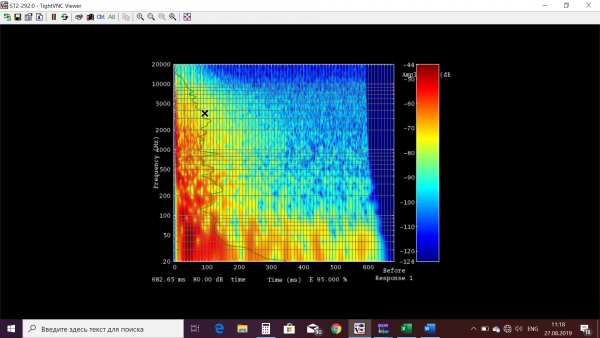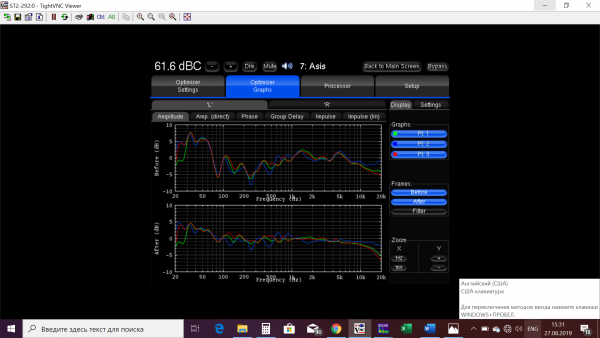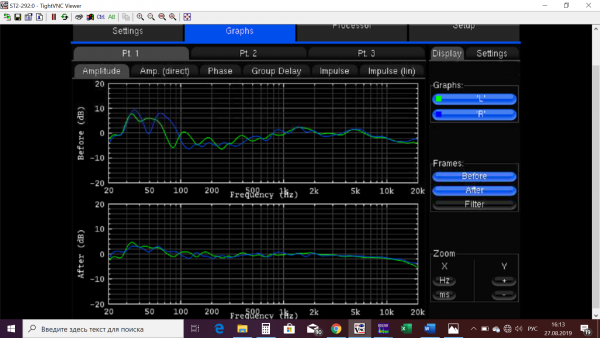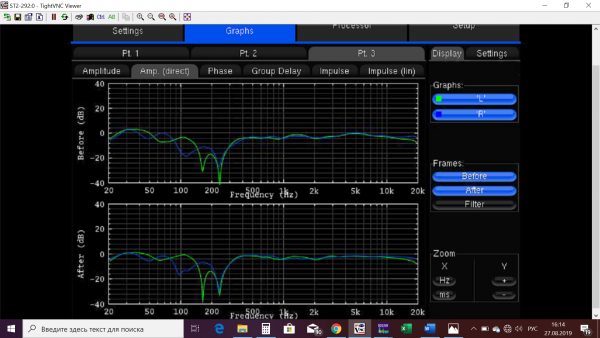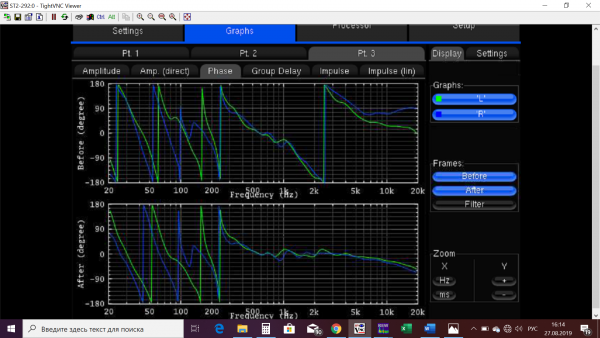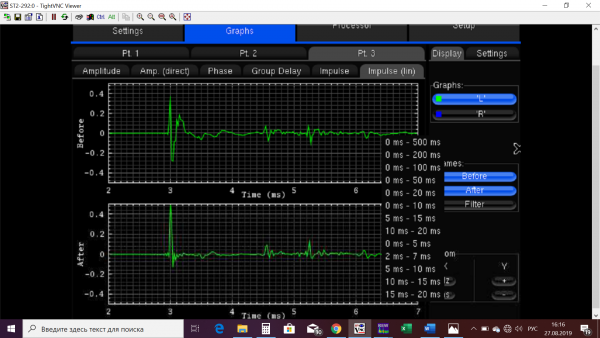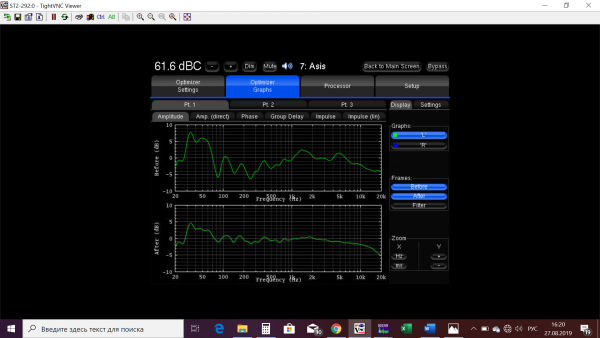Lampizator Valve / Tube Rolling Review Thread
- Thread starter Zero000
- Start date
You are using an out of date browser. It may not display this or other websites correctly.
You should upgrade or use an alternative browser.
You should upgrade or use an alternative browser.
No, I like my preampThe PX25 is quite a good meaty tube. Did you change anything else in your system, like preamp etc?
Not yet. Do you think, that 45s may have more body, than PX-25? How about PX4?Did you try any 45s? NOS ones are not that expensive and they might go into direction you need...
You may be right, I have Mundorf, but I had the same issue with my old L4, which had Duelunds, so it is the room issue. Room is the kingI always found the Mundorf and the new Lampi cap dacs to have less body than Jupiter and duelund dacs
You may be right, I have Mundorf, but I had the same issue with my old L4, which had Duelunds, so it is the room issue. Room is the king.
Have you got a frequency response plot you can show us?
If digital EQ can't resolve it (I am sure it can) there's no way tube rolling will.
PX4 I have I would not say it goes into this direction while 45 (at least NOS) might do the trick to some extent. But room you can't play around with tube tricks I would say so rather try room treatments. U boat 211 just said the sameNot yet. Do you think, that 45s may have more body, than PX-25? How about PX4?
Between about 100 to 500 Hz you are appreciably down in output by around 5 DB ish. But you have loads of bass.
I'd use a digital EQ package to bump that region up. I recommend Equaliser API and the Peace GUI but you'll need some very basic understanding to use it.
That will only work for digital sources with a laptop.
You could use some digital x-overs instead and that will work with all sources.
Room treatments are not really going to cut it IMHO.
Are these speakers dipoles? Pair matching looks poor but how much is due to the room I cannot say.
I'd use a digital EQ package to bump that region up. I recommend Equaliser API and the Peace GUI but you'll need some very basic understanding to use it.
That will only work for digital sources with a laptop.
You could use some digital x-overs instead and that will work with all sources.
Room treatments are not really going to cut it IMHO.
Are these speakers dipoles? Pair matching looks poor but how much is due to the room I cannot say.
Thanks, I'd rather not do any digital correction in the signal path. That in my view defeats a purpose of having a SET based system with high efficiency speakers. The speakers are not dipoles. The system is in the living room combined with an open kitchen. So, there is no side wall on the right speaker side. Maybe that explains poor matching.Between about 100 to 500 Hz you are appreciably down in output by around 5 DB ish. But you have loads of bass.
I'd use a digital EQ package to bump that region up. I recommend Equaliser API and the Peace GUI but you'll need some very basic understanding to use it.
That will only work for digital sources with a laptop.
You could use some digital x-overs instead and that will work with all sources.
Room treatments are not really going to cut it IMHO.
Are these speakers dipoles? Pair matching looks poor but how much is due to the room I cannot say.
Thanks, I'd rather not do any digital correction in the signal path. That in my view defeats a purpose of having a SET based system with high efficiency speakers. The speakers are not dipoles. The system is in the living room combined with an open kitchen. So, there is no side wall on the right speaker side. Maybe that explains poor matching.
It is detrimental there's no question about it in my opinion. You might try some bass traps for a flatter overall response, then.
If you have a laptop and DAC then definitely try what I have said and counteract the issue.
In all honesty, though, solid state or SET, the issue won't go away unless you do something.
I use digital EQ when I am using valve or solid state power. Generally when the source is rubbish SQ only but I do use it at other times too. Some evenings I have an aversion to HF. It's just a mood thing.
The bass is not an issue at all. I’ll try a thick carpet, heavy curtains and some Vicoustic panels on the rear wall first and see what happens. The vinyl already sounds very good. I guess my tube phono somehow compensates for the room deficiency
Just get yourself in a happy state somehow.
Whilst you like the vinyl, I seriously doubt the phono stage is that inaccurate. But if it sounds good don't change it!
TBH your system should have some character looking at the plots and if you like it just enjoy it. My guess is some material will sound brilliant on it and other stuff not so much. But many systems are like that. Mainly because there are no standards for EQ in the studio anyway.
Whilst you like the vinyl, I seriously doubt the phono stage is that inaccurate. But if it sounds good don't change it!
TBH your system should have some character looking at the plots and if you like it just enjoy it. My guess is some material will sound brilliant on it and other stuff not so much. But many systems are like that. Mainly because there are no standards for EQ in the studio anyway.
Io Signature. Still waiting for delivery of Eclipse.Which phono do you have in your system now?
Io Signature. Still waiting for delivery of Eclipse.
Well, that's the king of Midbass and oomph so you will never get that
Thanks, I'd rather not do any digital correction in the signal path. That in my view defeats a purpose of having a SET based system with high efficiency speakers. The speakers are not dipoles. The system is in the living room combined with an open kitchen. So, there is no side wall on the right speaker side. Maybe that explains poor matching.
I'm not sure I understand. Aren't the "after" curves your response after DSP? Are you saying that although that's what DSP provides, you choose not to use it anyway? I'd also like to know how you determined the EQ you have shown. That is not a curve that will be kind on the ears.
You're quite flat between 200 Hz and 10K. There may even be little bump on there at 2K. Personally, this EQ would drive me nuts- way too bright sounding, at least for me.

As far as I can tell, playing with tubes is a waste of time if you think the choice of tube will remedy the EQ curve you have. Tube selection has far more qualitative effects than quantitative ones , and you really require the benefit of the latter with respect to frequency response more than the former. I'd be inclined to try for a more effective EQ with the Trinov, which by all accounts is a fine sounding unit. But your target curve is just not a pleasing one. Change that, and you may be well on your way to sound that makes you happy.
I'm not sure if you are familiar with the extensive research done by many (Harmon, AR, others) on what the ideal EQ curve looks like for a speaker at the listening position? This work has been performed and replicated by many but the best reference probably remains the work done by B&K and can be found here although it is over 45 years old. In brief, a flat target curve, particularly above 200 Hz, similar to the one that you have shown, is not an ideal EQ curve at the listening position. In fact, it is far from it.
https://www.bksv.com/media/doc/17-197.pdf
You might try programming your target curve to look something like the "ideal curve" shown by B&K, that looks like this:
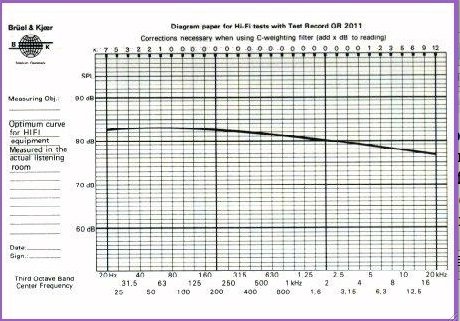
I suggest you might be more pleased if your EQ curve looked like this, at least to the point that you might feel more comfortable playing with the EQ curve even further to achieve a curve that potentially pleases you even more. And at the minimum, i'm guessing that this exercise might be effective in convincing you that for what you seek, tube rolling is not the answer. It's really all about frequency response first and foremost. Get that right, and fine tuning with measures such as tube rolling then becomes far more rewarding and enjoyable. You've got the gear! But that EQ needs some work.
Good luck
Marty
Similar threads
- Replies
- 16
- Views
- 1K
- Replies
- 10
- Views
- 1K
- Replies
- 10
- Views
- 958
- Replies
- 50
- Views
- 6K
| Steve Williams Site Founder | Site Owner | Administrator | Ron Resnick Site Owner | Administrator | Julian (The Fixer) Website Build | Marketing Managersing |










